Ranganathittu is a small bird sanctuary, spread over just 700 square meters. Yet, it is home to well over one hundred avian species and several other flora and fauna.
During the winter months, the star attraction at Ranganathittu is the Eurasian Spoonbill. So named because of its characteristic flat bill, the Spoonbill is a long-distance migrant that comes down to India all the way from Europe.
Come October and hundreds of Spoonbills arrive at Ranganathittu to breed. Spoonbills prefer shallow waterbodies and feed on small aquatic animals, like snails, frogs, crabs, aquatic insects and young fish. Spoonbills have a typical feeding style. They walk around in shallow water with their open bills dipped in, constantly sweeping for prey. The bill snaps shut instantly when it touches its prey.
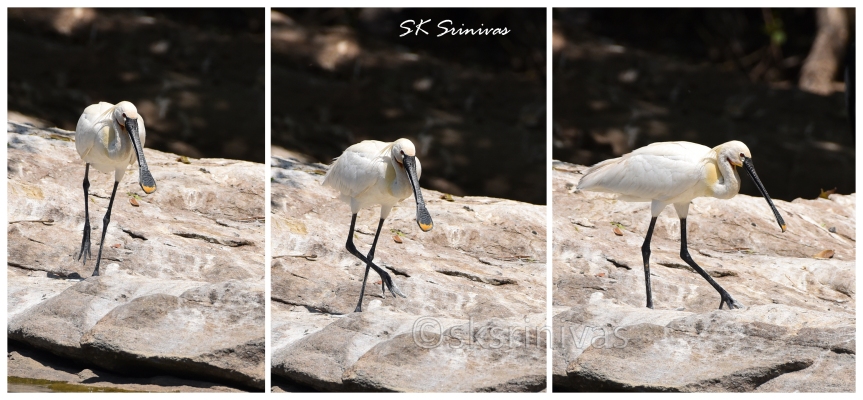
While the Eurasian Spoonbill is a winter visitor, there are many other resident avians at Ranganthittu that are just as spectacular. The gorgeous Painted Stork is one of them.
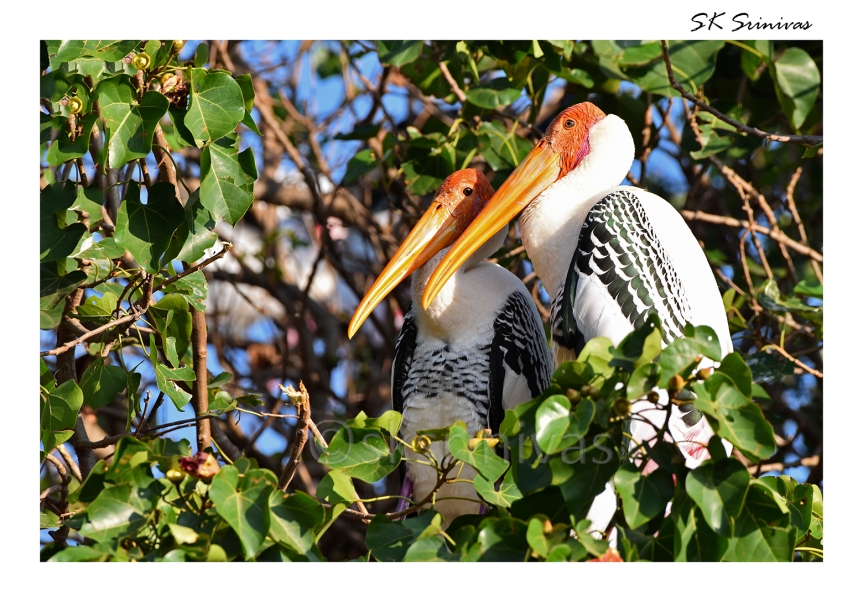
So is the Asian Openbill Stork. And the Oriental Darter (alias the Snakebird), the Woolly-necked Stork, the Spot-billed Pelican, the River Tern, the Great Thick-knee, and many more.
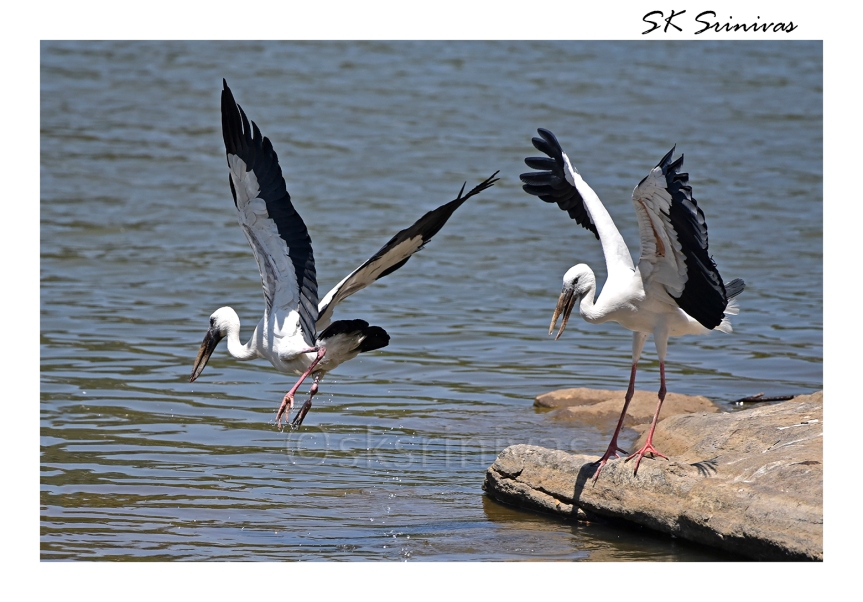
And look out for the Marsh Crocodile (or Magarmach, if you prefer). Ranganathittu is one of the few places where you can see the endangered Marsh Crocodile in its natural habitat. You can usually spot a couple of these magnificent monsters sunning themselves on the rocks.
There is a large colony of Flying Foxes at Ranganathittu. Flying Foxes, FYI, are bats. In fact, they are the world’s largest bats.
If you take a boat across the lake, the boatman will take you very close to these crocs and foxes – for a small financial incentive, of course!
The entry fee is Rs.50/ per head (per Indian head, that is). For foreigners, the entry fee alone is Rs.300/-. And that, to my mind, is not fair. Why do we always assume that visitors to our country are all stinking rich and are all very happy to pay ten times the normal fee?
The fee for a common boat is Rs.50/- per head. Or, if you have money to spare, you can shell out Rs.1000/- for a four-person boat and a prolonged half-hour ride across the lake. Shell out another Rs.100/- to the boatman, and that half-hour can become one hour!
The gardens around the lake are equally rich in avian life.
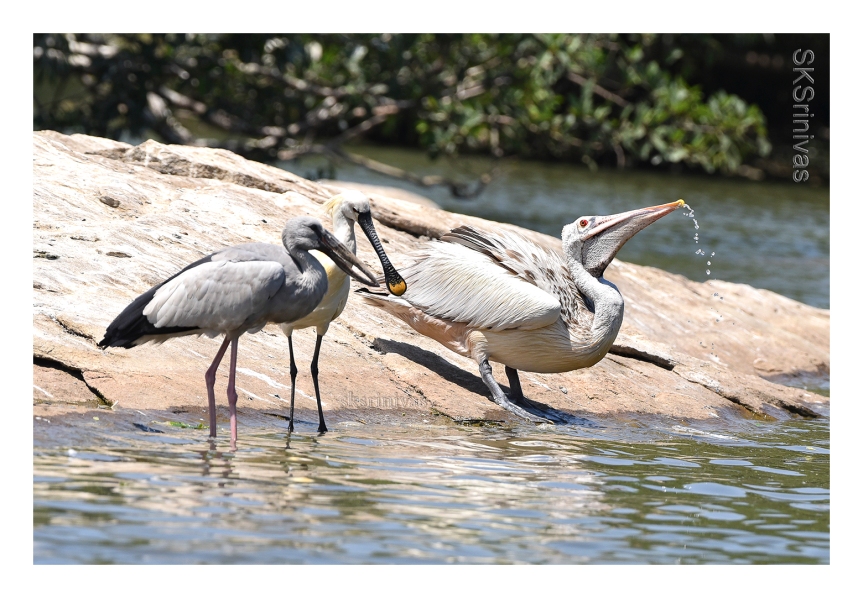
Look for the Green bee-eater, Grey wagtail, Oriental magpie robin, Black-rumped Woodpecker and Tickell’s Blue Flycatcher.
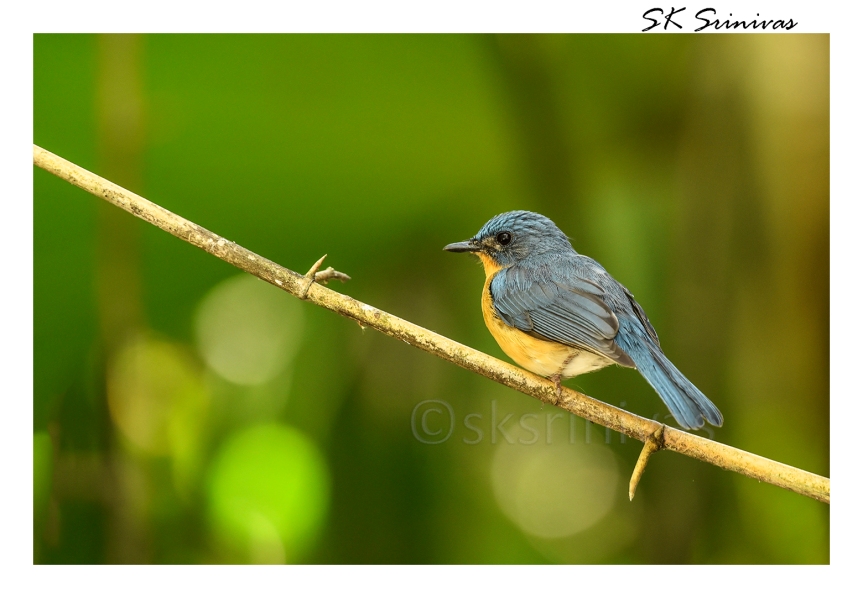
Distance from Bangalore is about 140 km, an easy three-hour drive from the city. Ranganathittu is close to Mysore. If you prefer, you can stay at Mysore for a couple of days, and visit several birding spots around the town.
Ranganathittu is good for a visit through the year. If you want to see the Spoonbill, visit during October-March. If you’re serious about birds and photography, then strictly avoid weekends. Mid-week is strongly advised. Visit the place as early as you can. Ranganathittu opens at 8.30 am, at which time you will probably have the place to yourself.
Please avoid loud clothes. Dull greens and browns are the correct attire. We don’t want your ultra-tight jeans and bright-yellow tank-top to scare those poor birds, do we?
Do avoid exposing large amounts of your skin – and not for moralistic reasons. There is no shortage of mosquitoes and other stinging insects at Ranganathittu. Liberal use of repellent cream is well advised.
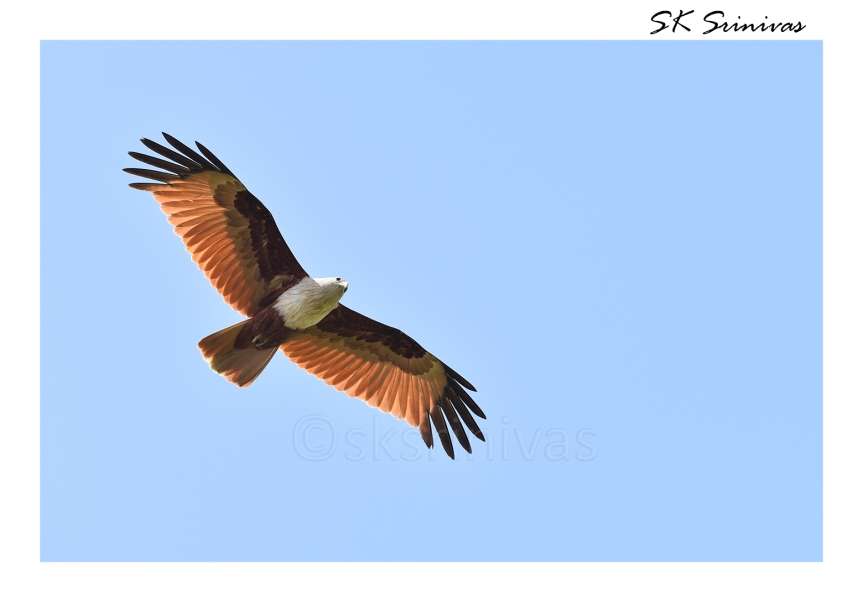
If you have no car, no worry. There are many buses from Bangalore and Mysore. Or gather a few friends and hire a taxi. The nearest rail station is Srirangapatnam, but I think a road journey is far better.
Just grab your binocs, hit the road one fine morning, head for Ranganathittu, and leave your worries to the birds!
Cheers … Srini.


I want to thank you again for the wonderful birding trip we took together to Ranganathittu last August. We saw some wonderful birds, including a very cute fantail flycatcher! The sanctuary is very clean, well-organized and well-maintained with clean facilities, and, of course, lots of birds. Highly recommended!
LikeLike
I want to thank you again for the wonderful birding trip we took together to Ranganathittu last August. We saw some wonderful birds, including a very cute fantail flycatcher! The sanctuary is very clean, well-organized and well-maintained with clean facilities, and, of course, lots of birds. Highly recommended!
LikeLike
Excellent review…definately will visit this place..
LikeLike
Thank you, Rajesh.
LikeLike